Welcome to the Tufa Field
The Tufa Field is a 1.4 hectare green space in an urban area in the southern part of Bath, UK that is being lost to development.
This website gives you information about this development, the history of the field and wider environment and also lets you watch this habitat in real-time. Our cameras monitor activity on the site so you can watch events unfold.
How the Tufa Field website is organised
We divide the website into two – our permanent pages try to reflect a fair and balanced view of the current position. We try hard to make sure that facts are checked and reflect reality, and we correct factual mistakes or misrepresentations.
In our blog pages, we allow polemic and opinion to be represented. These are necessarily skewed to a particular opinion, but are moderated – we do not allow rage, intended or unintended libel or unreasoned argument to be published.
Our aims and objectives
We believe that the field site is representative of many other small but significant areas within our cities that are dwindling refuges for wildlife, reminders of our connection with and dependence on Nature, and social amenities that once lost can never be recovered.
So our aim is to present the case for preserving such areas, for properly valuing them for their environmental qualities on an equal or superior footing to development value, and to record for posterity the losses we will surely come to regret.
But we also want to emphasise the positive side of this and similar spaces, to celebrate the biodiversity contained in them and to introduce this natural resource on our doorsteps to all the people of the area and beyond.
The site is home and habitat to a wide variety of plants, animals and insects, and is designated as a SNCI. The variety of wildlife is especially apparent at night, when the site is anything but silent, with blood-curdling vixen screams, badger fights, owl and pheasant calls and deer barks. Check out our posts for pictures and sound recordings from this special site.
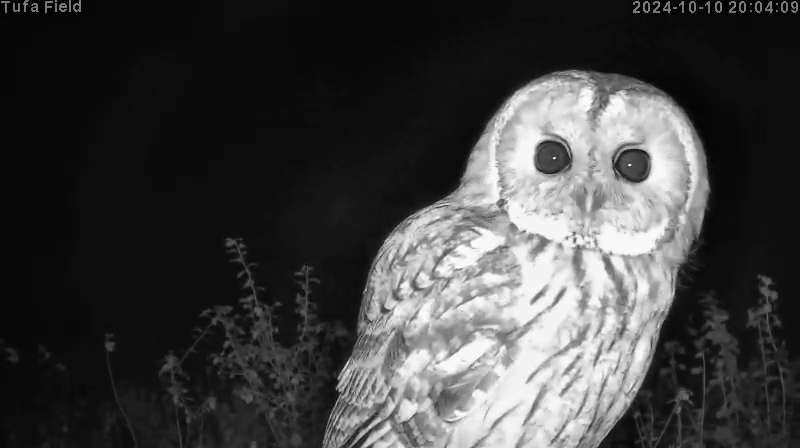
So, what is it and why “Tufa”?
The field site is of great ecological importance, extending the adjacent SNCI (Site of Nature Conservation Interest) and contains Tufa flushes that are unique in the City. Situated on a severely sloped site, the field contains one permanent and two semi-permanent calcium-rich water streams fed continuously by run-off from the up-slope Odd Down. These streams are the source of the local Sandpits play area stream, as well as the numerous springs in the Moorlands area.
The combination of water and wetland/bog plants attracts a wide variety of animal and bird life which we document on this site, with some of the plants being unique to this type of habitat, the ‘Tufa’ part of this designation.
The site is within the local Conservation Area ( Policy HE.1). The uniquely untouched portion of the field places it in the Semi-natural Lowland Grasses category of potential SSSI, and would benefit from a full National Vegetation Classification (NVC) survey using Rodwell(2006) methodology.
The Tufa Field Development
Bath and North-East Somerset Council wishes to use the field site for a Supported Housing development. This planning application was open to comment until 24th May 2024 and has now been approved for Planning Permission on the 25th September 2024, Comments from statutory bodies ( government agencies, Avon & Somerset police etc. are available here.
There have been other attempts to develop this field in the past, each stumbling on the geological, access and cost aspects of developing such a difficult site. The proposal detail is available here. When the development work starts you will be able to follow the destruction as it progresses.
We believe that any development goes against the Council’s self-proclaimed Environmental and Ecological Emergency declarations.
We also need to hold the Council to account for spending public (our) money and ensure that it always represents best value and delivers the best outcome for all citizens. Our expenditure watch pages inform this.
How you can help the Tufa Field
It’s not too late! As the scheme falters through delays, insurmountable technical difficulties and spiralling costs, we need to be ready with alternatives. We want to make this site available to all as a community asset, for education, enjoyment and to protect our ecological heritage. For that, we need local support by lobbying your Councillor, (even if it’s just meeting them in the street and bending their ears), and for everyone outside the area to add our site to the growing movement in the UK and across the world for more environmental protection.
Thank you.
Follow us on @FieldTufa, Instagram tufa_field, contact this website using our web page.
Disclaimer:
The views expressed on this website are those of the contributors. Other forums exist for discussions and commentary on the Tufa Field Site. These are the responsibility of their respective owners and do not necessarily coincide with views expressed here.
Other posts by type
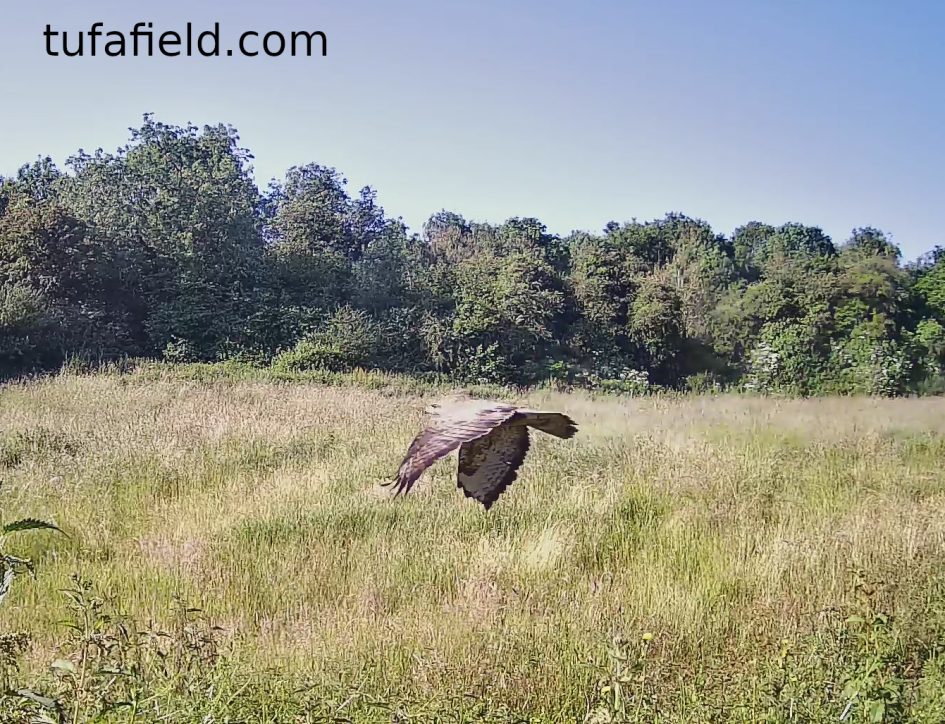 +
+
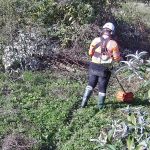
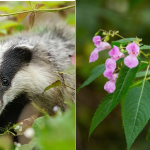
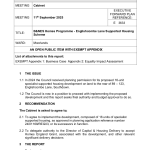
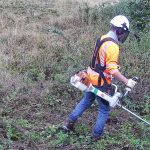

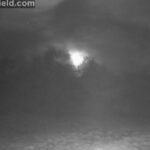






 Total views : 100768
Total views : 100768
